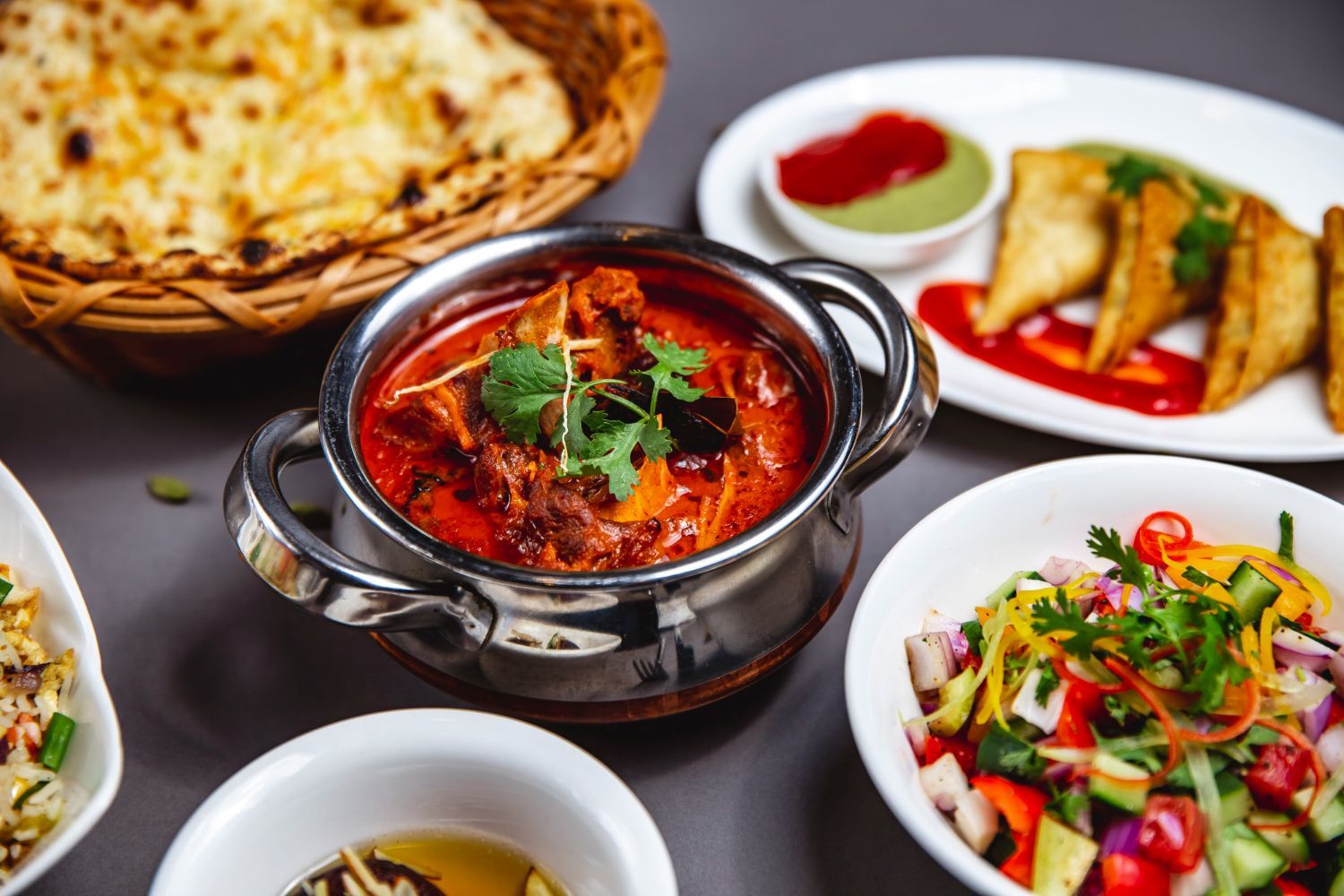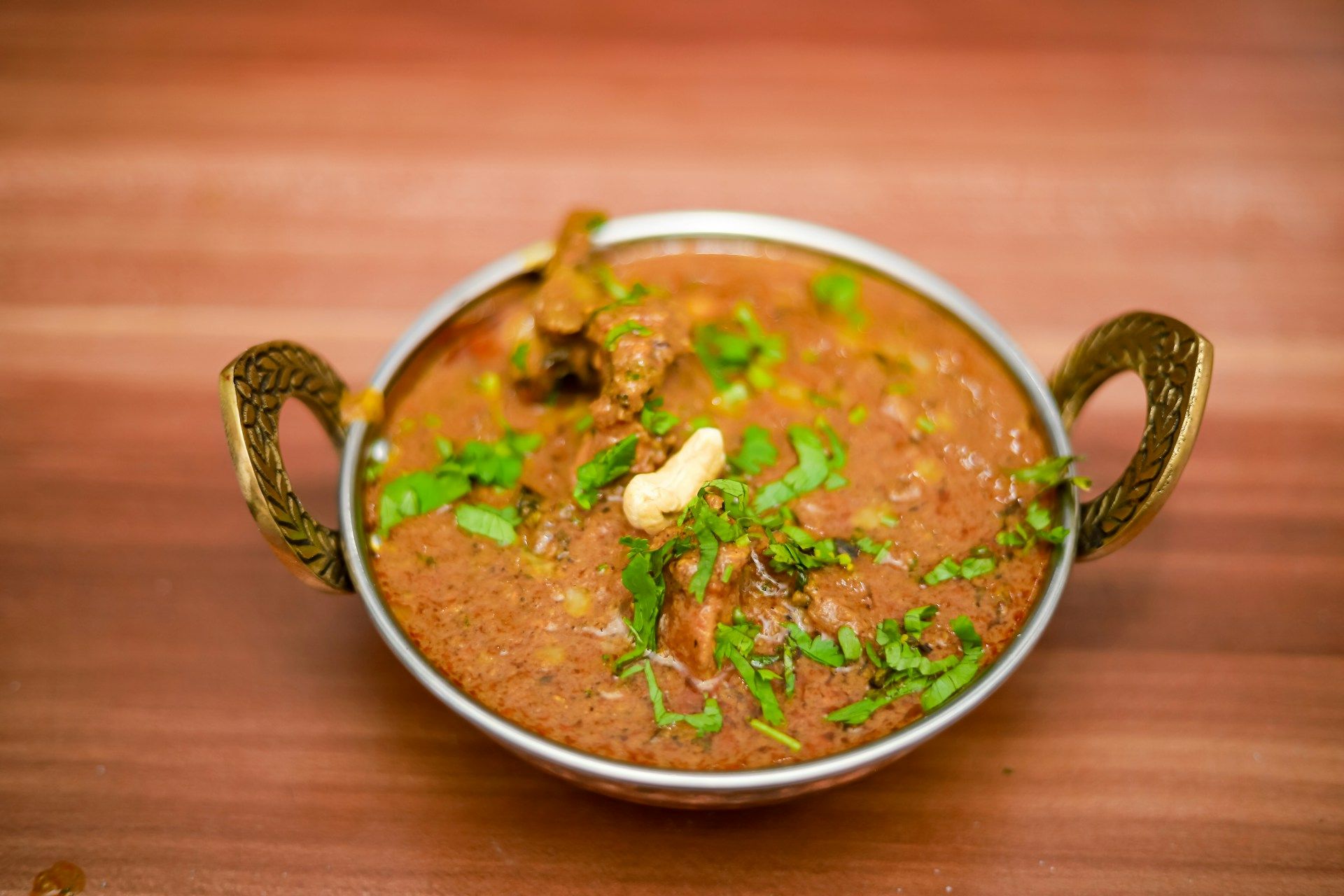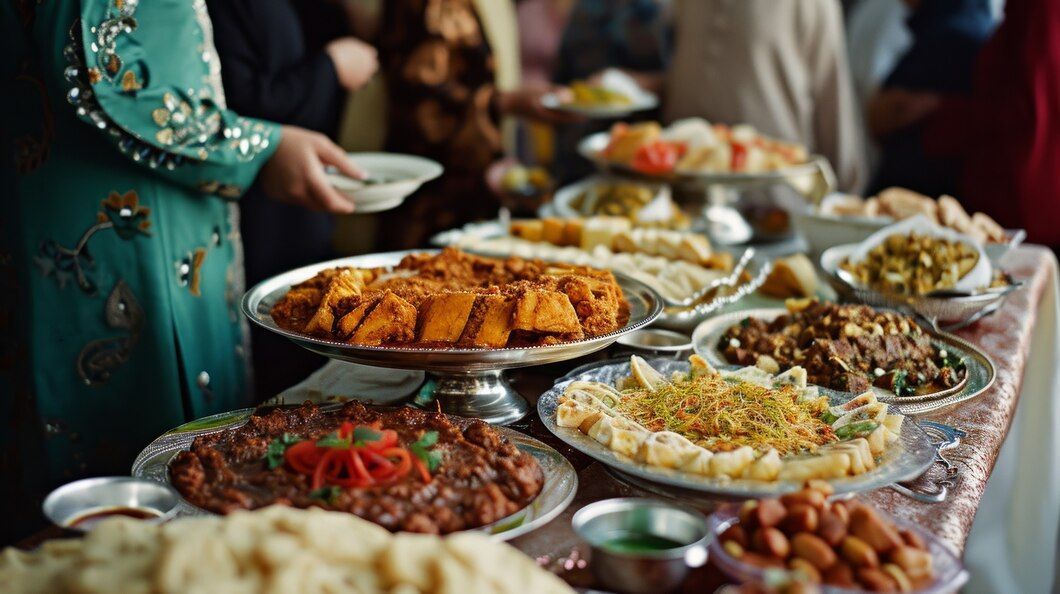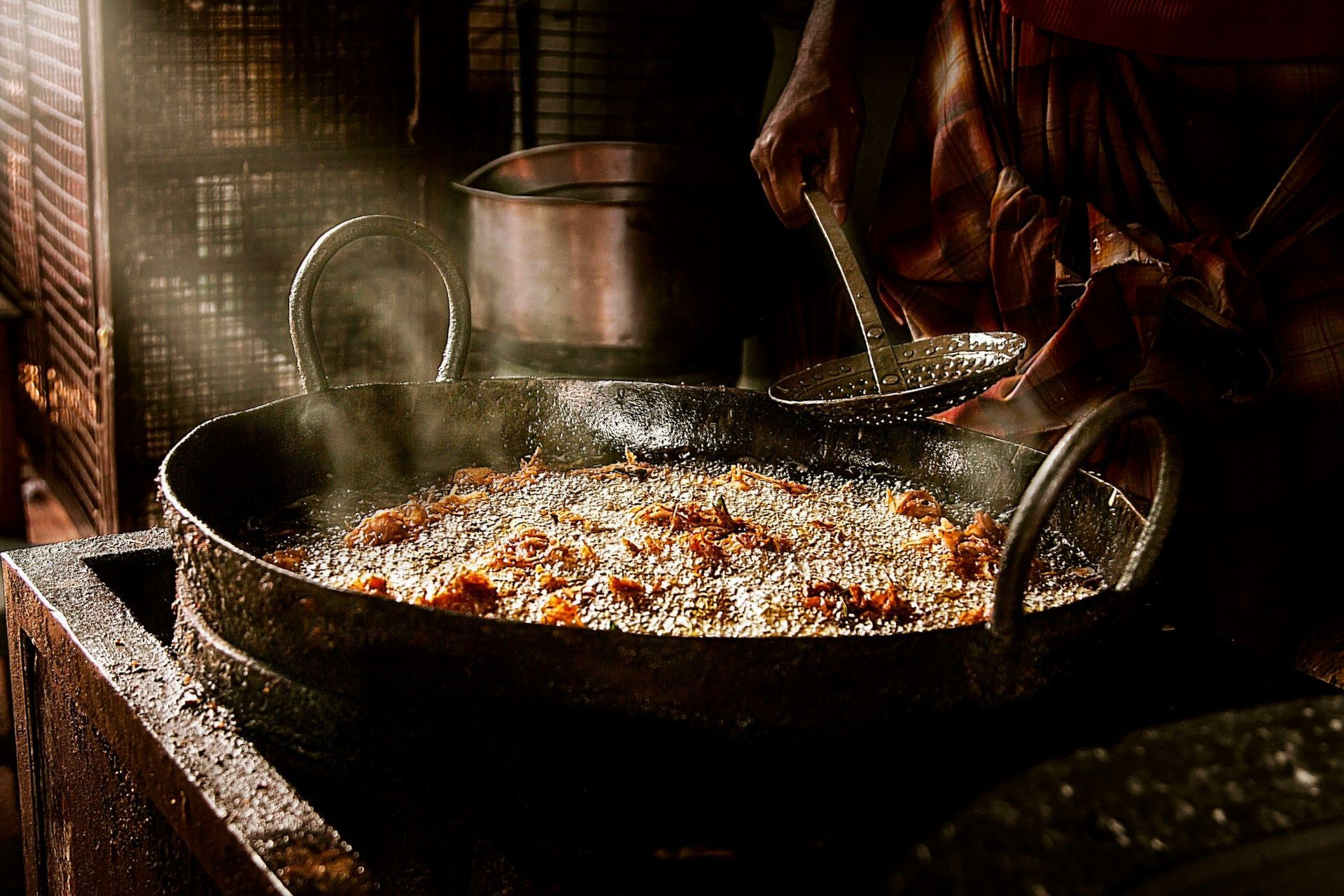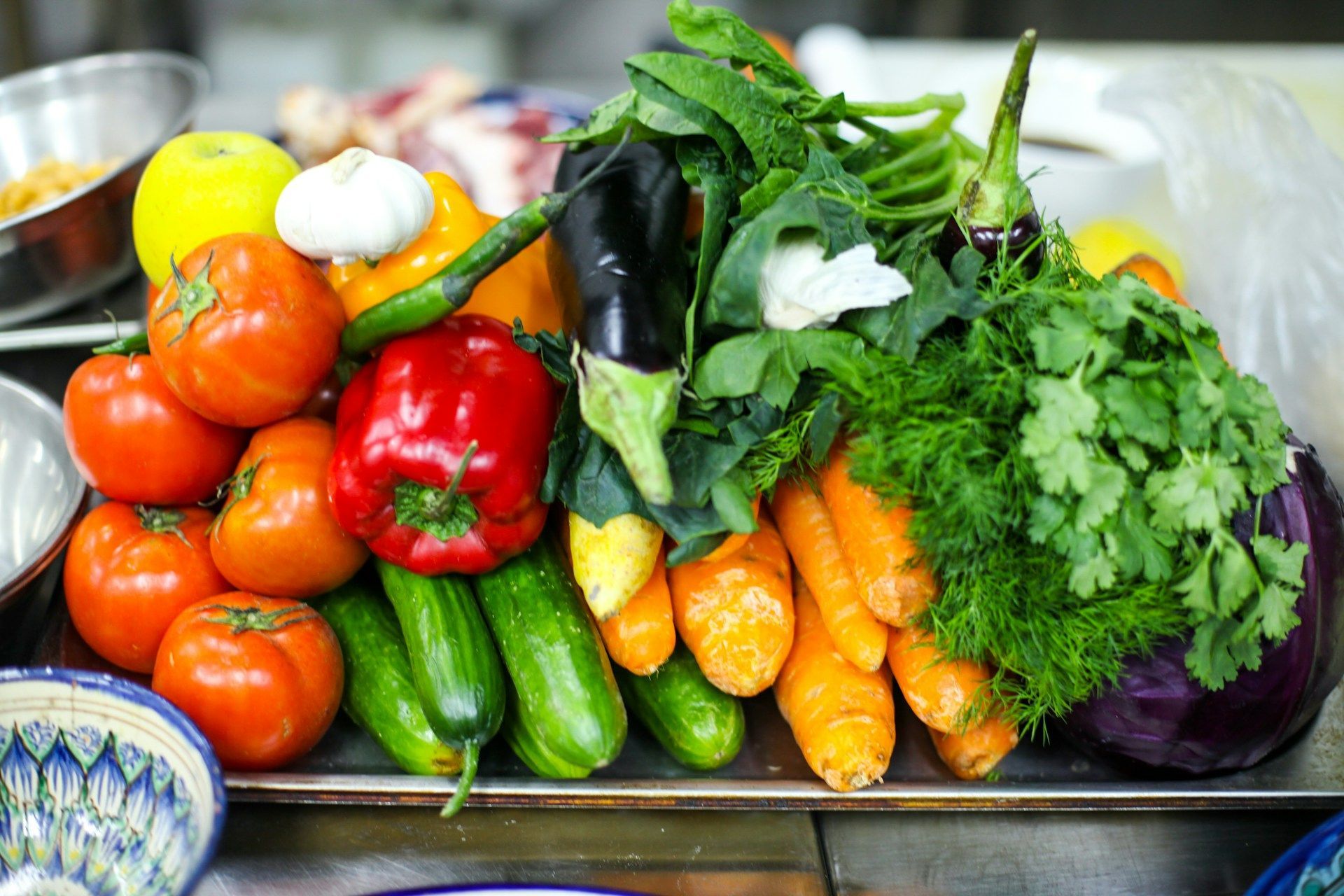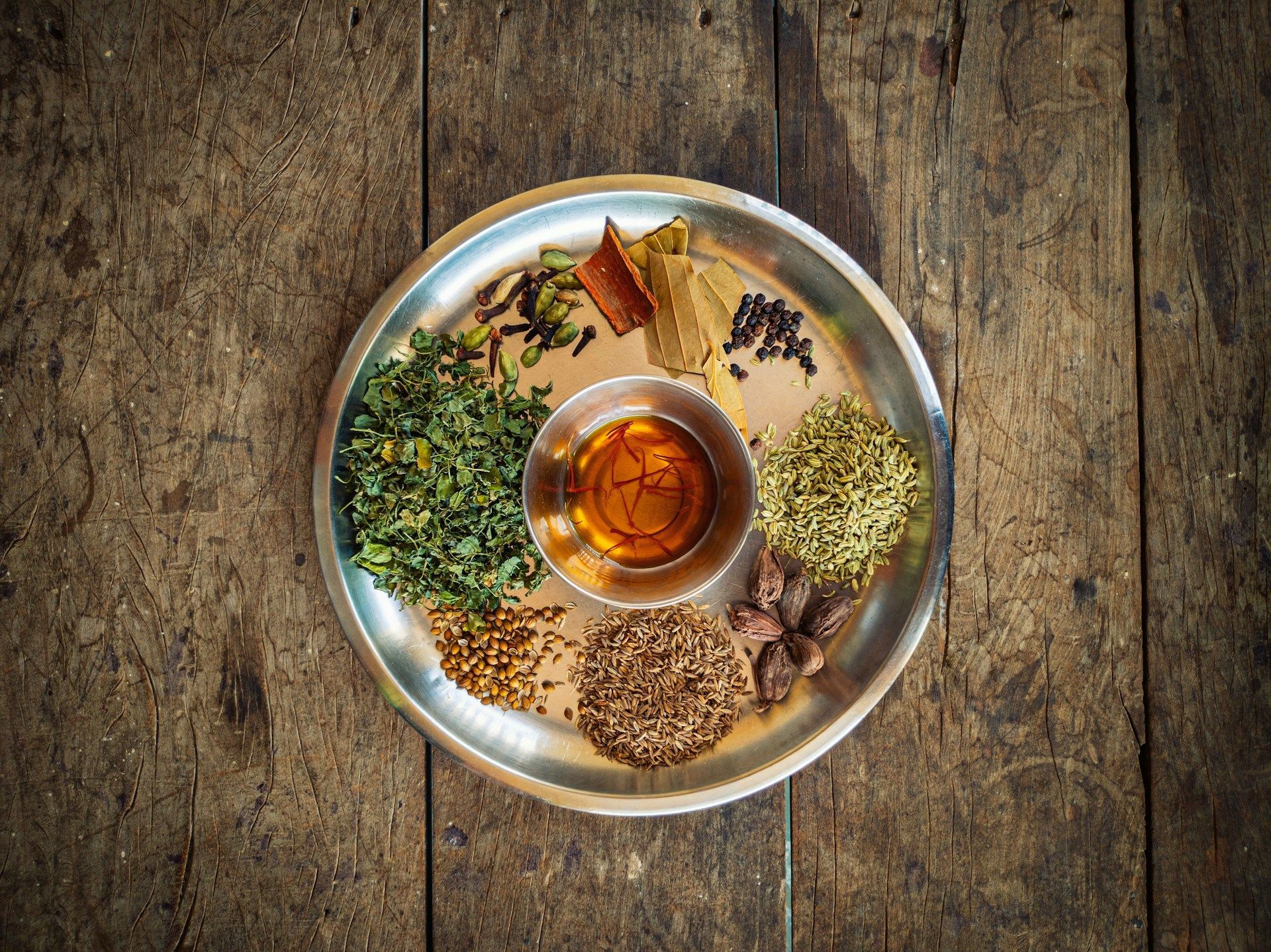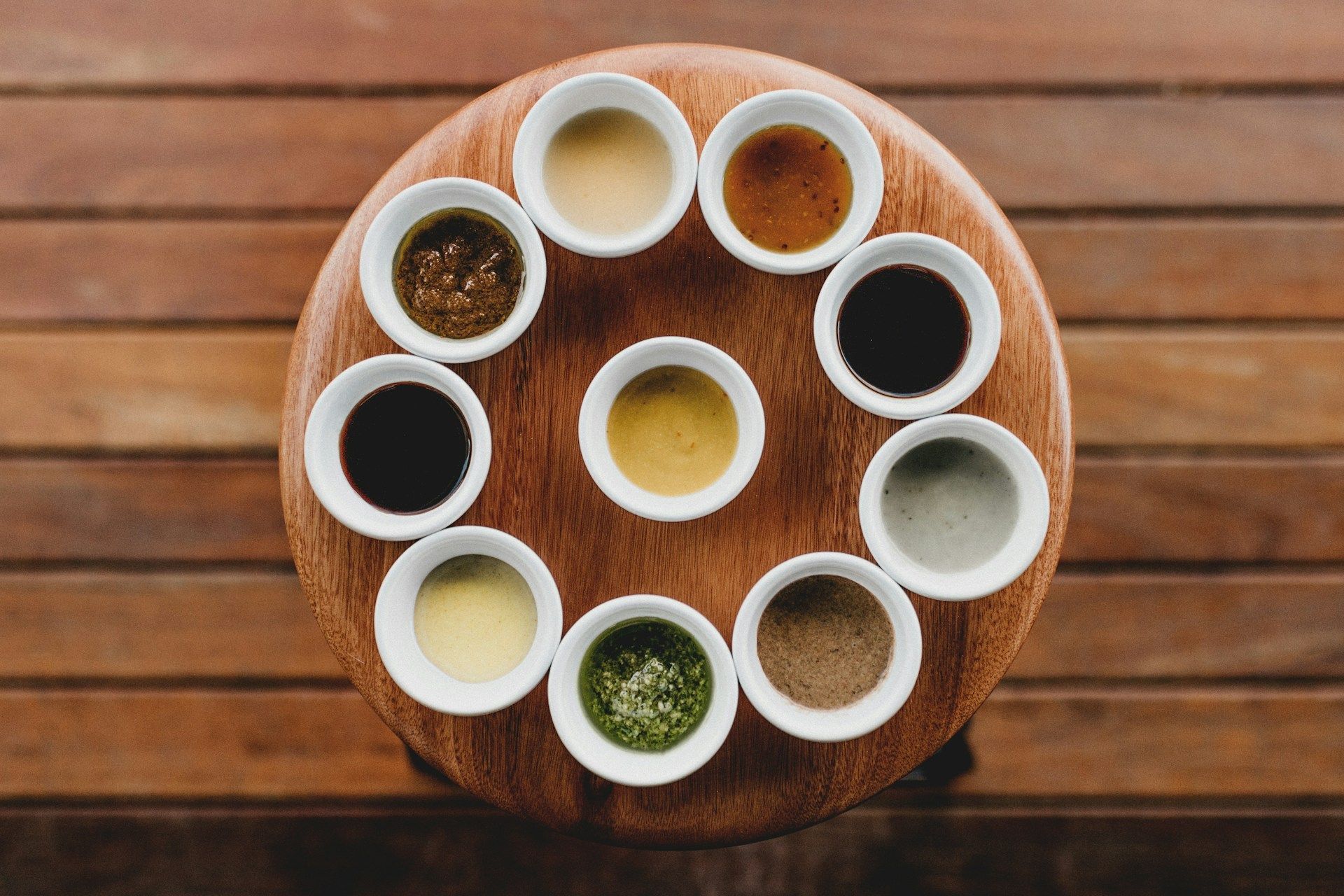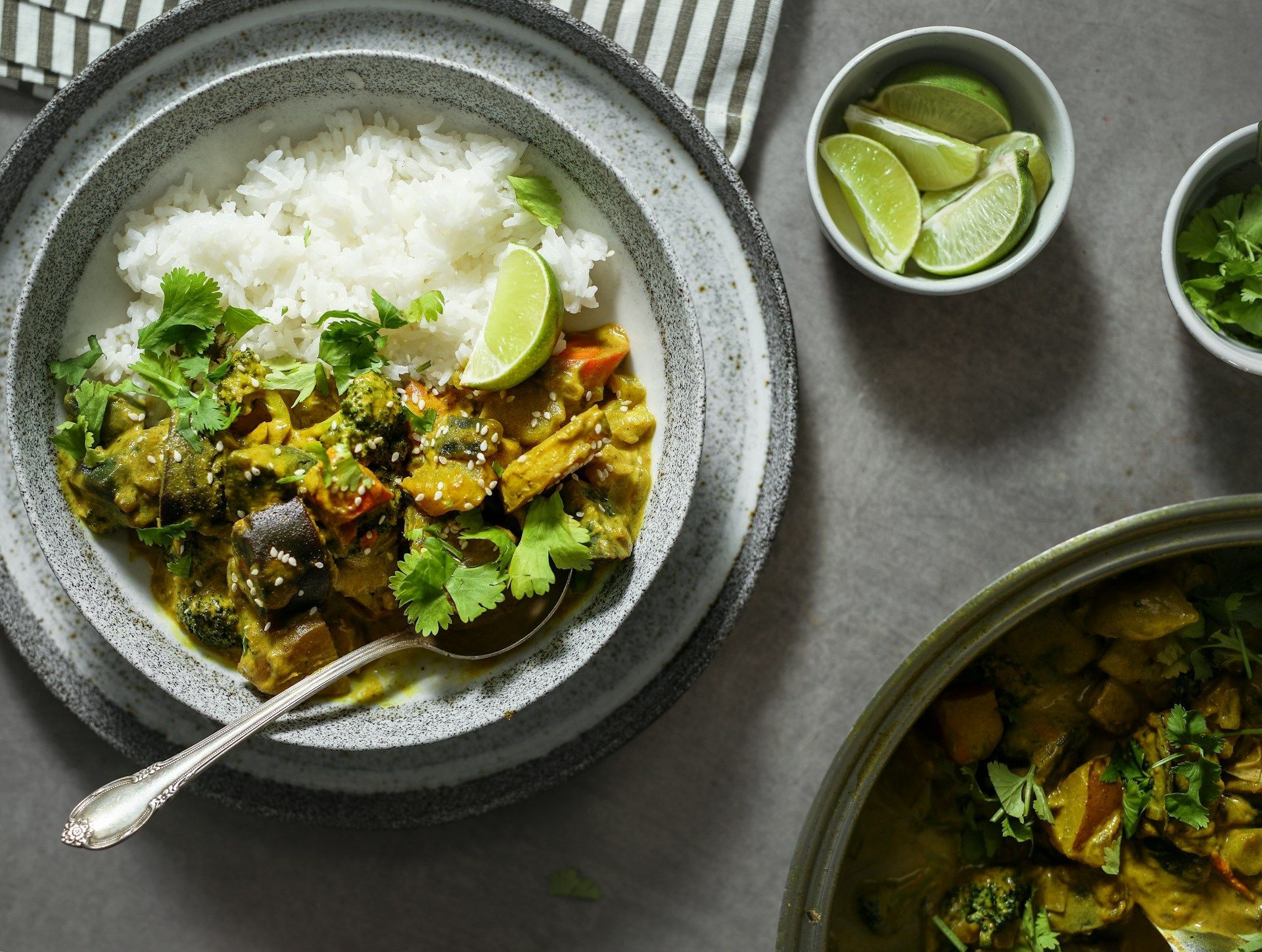A Taste of the Unknown: Indian Food Facts You Should Know
This is a subtitle for your new post
India, a land of diverse cultures, traditions, and flavours, offers a culinary journey that is as rich and varied as its history. Known for its exquisite blend of spices and mouth-watering delicacies, Indian cuisine has captivated the taste buds of food lovers around the globe. However, there is much more to this enchanting cuisine than meets the eye.
With that in mind, this article delves into the fascinating world of Indian gastronomy, unravelling lesser-known facts and intricacies that make this cuisine truly exceptional. From regional specialities to the art of spice blending, join us as we explore the hidden gems and culinary traditions that have shaped this extraordinary cuisine over the centuries.
1. Contrary to Popular Belief, Not All Indian Dishes are Spicy
When you think of Indian food, you may immediately conjure up images of fiery red curries and sweat-inducing dishes. While it's true that many Indian dishes are known for their spiciness, it's important to note that not all Indian food is spicy. In fact, Indian cuisine is incredibly diverse, with each region boasting its own unique flavours and ingredients.
Northern Indian dishes, for example, are often milder and creamier, featuring ingredients such as yoghurt, milk, and ghee (clarified butter). Southern Indian cuisine, on the other hand, leans toward spicier dishes with a greater emphasis on rice, lentils, and coconut. Even within these regions, you'll find a vast array of dishes to suit every palate and spice tolerance.
2. Curry is the Standard Dish that Impacts a Cook's Reputation
Curry, a term that has become synonymous with Indian cuisine, is often misunderstood. The word "curry" is an anglicized version of the Tamil word "kari," which means "sauce" or "relish for rice." In India, the term is rarely used; instead, dishes are referred to by their specific names, such as "rogan josh" or "paneer tikka masala."
Regardless of the terminology, a well-prepared curry is indeed a hallmark of a skilled Indian cook. The complexity and balance of flavours in a curry, achieved through the careful blending and cooking of various spices, can make or break a cook's reputation.
From the slow-simmered meat dishes of the north to the tangy fish curries of the south, there is an endless variety of curries to explore and savour in Indian cuisine.
3. India is the Spice Capital of the World
India has long been known as the "Land of Spices," and rightly so. The country is the world's largest producer, consumer, and exporter of spices, accounting for more than half of the global spice trade. Indian cuisine is renowned for its skilful use of spices, both whole and ground, to create a symphony of flavours in each dish.
From the fiery heat of red chilli peppers to the warm, earthy notes of turmeric, Indian dishes showcase a wide range of carefully combined spices to create distinct and well-balanced flavours. Spices also play a crucial role in Ayurveda, the ancient Indian system of medicine, where they are used for their numerous health benefits and healing properties.
4. A Sweet Culinary Journey: There are Over 200 Indian Desserts
Indian cuisine is not just about savoury dishes; the country also boasts a staggering variety of sweets and desserts that will delight any sugar lover. From the syrup-soaked jalebis of the north to the creamy, cardamom-infused payasam of the south, there are over 200 traditional Indian desserts to suit every taste and occasion.
Indian sweets, known as "mithai," are an integral part of the country's culture and celebrations, and no festive occasion is complete without a generous serving of these delectable treats. Often made from ingredients such as milk, sugar, ghee, and various nuts and fruits, Indian desserts are a testament to the country's rich culinary heritage and penchant for all things sweet.
5. Saffron was Introduced to India by Greek or Roman Traders
Saffron, derived from the delicate threads of the Crocus sativus flower, is a highly sought-after spice that has been used for thousands of years in various parts of the world. It is believed to have originated in Southwest Asia or the Mediterranean region.
The ancient Greeks and Romans valued saffron for its medicinal properties, using it to treat a range of ailments, such as coughs, colds, and insomnia. They also used saffron as a perfume and a fabric dye, giving their robes a rich golden hue.
Greek or Roman traders who travelled to the subcontinent through the Silk Route introduced Saffron to India around the first century BCE. The Silk Route was a network of trade routes that connected the East and the West, facilitating the exchange of goods, ideas, and cultures.
As trade flourished, saffron gradually entered the Indian culinary scene, where it was embraced and incorporated into various dishes.
The Bottom Line
Overall, this exploration into Indian food facts not only broadens our understanding of the complexities and wonders of Indian cuisine but also invites us to appreciate the incredible depth of flavour, tradition, and history that this remarkable cuisine has to offer.
If you’re looking for the
best Indian restaurant in London, look no further than Tower Tandoori! Our restaurant has been serving up authentic and delicious Indian cuisine since we opened our doors, and we’re proud to be a favourite among Londoners looking for a great meal.

